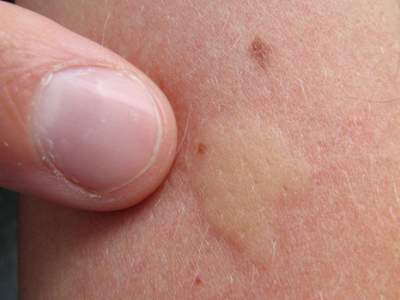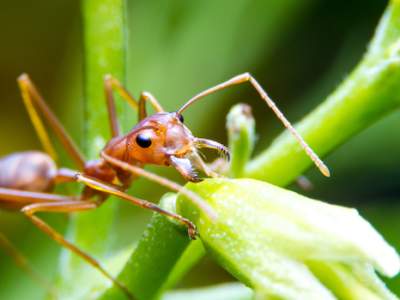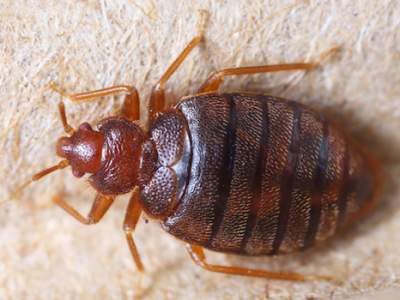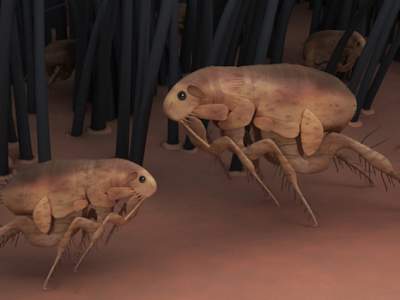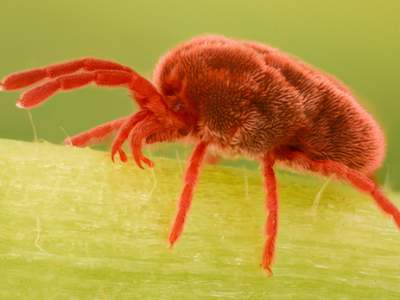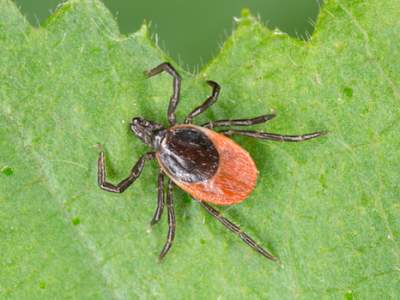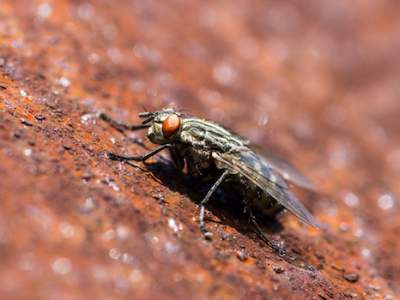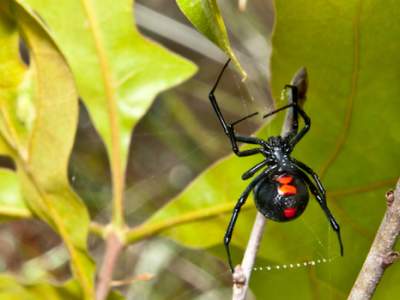Ouch!
Summer is a time for enjoying the great outdoors, but outdoor fun also comes with insects and their painful, itching bites. Unless you see a familiar bug actually take a bite, how can you decide the best treatment for that bump or welt? Here are eight common critter, chiggers, and insects, and the signs and symptoms of their bites
Fire ants
A fire ant can both bite and sting. The bites or stings will have a red center that is surrounded by lighter colored rings, and there can even be tendrils of redness coming off the main area of the bite. Its primary symptom, however, is pain. People who are bitten or stung by fire ants can also experience flu-like symptoms such as fever, nausea, fatigue, and body aches
Bed bugs
Bed bugs leave large circles of bites in orderly rows. The bites cause itching, skin redness, localized swelling, and even blisters on the bites. These spots eventually turn to small red bumps and fade after a few days. The bites are not dangerous, though infections can result from scratching the bites.
Fleas
Flea bites often start as an itchy rash of tiny, sometimes bleeding, bumps in the armpits or the crease of a joint. The itching may be localized at first, but it can spread and become very severe, especially in people who are sensitive to flea bites. The area around these bites may swell, and touching them will cause them to turn white.
Mosquitoes
As most people know, mosquito bites itch severely. Mosquito bites may swell due to toxins or allergic substances carried in the mosquito’s saliva. Scratching the bites can cause them to break or teat, and may lead to infection. Wearing insect repellant is important because mosquitos can carry diseases such as malaria, West Nile virus, Dengue fever, Zika, and yellow fever.
Chiggers
Chiggers aren’t actually insects, but rather the juvenile form of a type of mite. They can be found in forests and grasslands, along lakes and streams, or even in parks, lawns, and golf courses. These bites are painless, but they produce itchy, raised red lesions on the skin that are similar to the reaction from exposure to poison ivy or oak. Scratching the bites can also cause them to spread and appear as a rash
Ticks
A tick will attach itself to the warm areas of the body and feed on blood, passing on any illness it carries in the process. Ticks can carry a number of diseases, including Rocky Mountain spotted fever and Lyme disease. Early removal of the tick can help prevent transmission of these diseases. Watch for such symptoms as rashes, muscle aches, fever, swollen lymph nodes, and headache in the weeks following a tick bite, since these can be signs of tick-related diseases.
Black flies
Like ticks, black flies live off the blood of other animals, and they can deliver painful bites! Aside from being a general nuisance to humane, these flies can carry diseases. Many U.S. states now have programs to control black fly populations. In addition to hurting immediately, black fly bites remain painful, itch, and can become infected with scratching. Some people have allergic reactions to these bites that include hives or wheezing.
Spiders
The black widow spider’s bite causes shooting pain and appears as two dots made by their fangs. Nausea, increased blood pressure, and vomiting occur soon after and will require immediate medical attention. The brown recluse spider bite is painless, but may still be very serious. The bites are often red, then white, and have blisters in the shape of a bullseye. These bites also require immediate medical attention, as a large ulcer can form in the skin.

